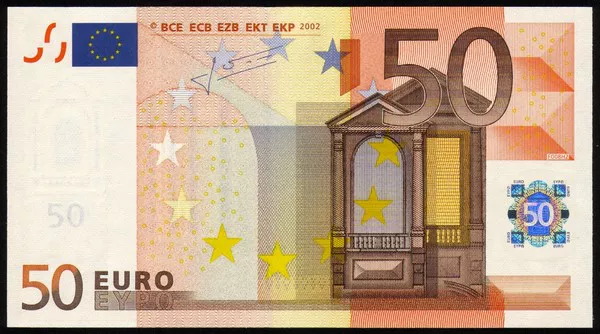In today’s globalized world, the value of currencies is constantly fluctuating. Especially when it comes to traveling or doing business internationally, understanding exchange rates is crucial. In this article, we will explore the value of one euro in Namibian dollars and its significance in the global financial market.
Exchange Rate Background
Before diving into the specifics of the euro to Namibian dollar exchange rate, it’s important to understand the basics of currency exchange rates. A currency exchange rate represents the value of one currency relative to another. This value changes frequently based on many factors, including economic indicators, political events, and supply and demand.
The euro is the common currency used by 19 member countries of the European Union, while the Namibian dollar is the official currency of Namibia. As such, the exchange rate between the two currencies is a key factor in international trade and tourism between these regions.
Current Value of One Euro in Namibian Dollars
As of June 6th, 2023, one euro is equivalent to approximately 18.8601 Namibian dollars. This means that if you were to exchange one euro for Namibian dollars, you would receive approximately 18.8601 Namibian dollars in return.
Factors Affecting the Exchange Rate
While the current exchange rate between the euro and Namibian dollar may be 18.8601, this rate is subject to change based on a variety of factors. One significant factor is the state of the economies of the European Union and Namibia. If the European Union experiences economic growth, demand for euros may increase, causing the euro to appreciate in value relative to the Namibian dollar. Conversely, if the economy of Namibia experiences growth, demand for Namibian dollars may increase, causing the Namibian dollar to appreciate relative to the euro.
Political events such as elections, government policies, and international agreements can also impact exchange rates. For example, if a country’s political stability is called into question, investors may be less likely to invest in that country, leading to a decrease in demand for that country’s currency and a corresponding decrease in value.
The level of trade between two countries can also affect the exchange rate between their currencies. If there is a high level of trade between the European Union and Namibia, demand for euros and Namibian dollars will both increase, leading to a relatively stable exchange rate. However, if trade between the two regions decreases, the exchange rate may become more volatile.
Implications of Exchange Rates
Exchange rates have a significant impact on both individuals and businesses. For example, if you are planning to travel from a eurozone country to Namibia, understanding the exchange rate can help you determine how much money you will need to budget for your trip. Similarly, if you are a business owner in the European Union looking to import goods from Namibia, understanding the exchange rate can help you determine how much you will need to pay in Namibian dollars.
Exchange rates also play an important role in international investment and finance. Investors may choose to invest in currencies based on their perceived value and potential for appreciation. For example, if an investor believes that the euro is undervalued relative to the Namibian dollar, they may choose to buy euros in the hopes that the euro will appreciate in value over time.
On a larger scale, exchange rates can impact global trade balances and the overall stability of the global financial system. If one country’s currency appreciates significantly relative to another country’s currency, it can make the first country’s exports more expensive and less competitive, potentially leading to a trade deficit. This imbalance in trade can have broader implications for the global economy, as countries may resort to protectionist measures such as tariffs or trade restrictions.
Managing Exchange Rate Risks
For businesses operating internationally, managing exchange rate risks is crucial. Fluctuations in exchange rates can impact profit margins and cash flow, making it difficult to plan for the future. There are several strategies that businesses can use to manage exchange rate risks, including:
-
Forward Contracts:
A forward contract is an agreement to buy or sell a currency at a fixed exchange rate in the future. By locking in an exchange rate ahead of time, businesses can protect themselves against future fluctuations in the exchange rate.
-
Currency Hedging:
Currency hedging involves using financial instruments such as futures contracts or options to offset exchange rate risks. For example, a business may choose to buy currency options that allow them to sell a certain amount of euros for Namibian dollars at a fixed exchange rate, protecting them against a potential decrease in the euro’s value.
-
Diversification:
Another strategy for managing exchange rate risks is to diversify operations across multiple currencies and regions. By spreading out their operations, businesses can reduce their exposure to fluctuations in any one currency or region.
Conclusion
In conclusion, understanding the value of one euro in Namibian dollars is just the first step in navigating the complex world of international finance and trade. Exchange rates are constantly changing based on a variety of factors, and businesses and individuals alike need to stay informed and proactive in managing exchange rate risks. By understanding the implications of exchange rates and using strategies such as forward contracts, currency hedging, and diversification, businesses can minimize their exposure to volatility in the global financial markets and continue to thrive in an increasingly interconnected world.
Related Topics:



























